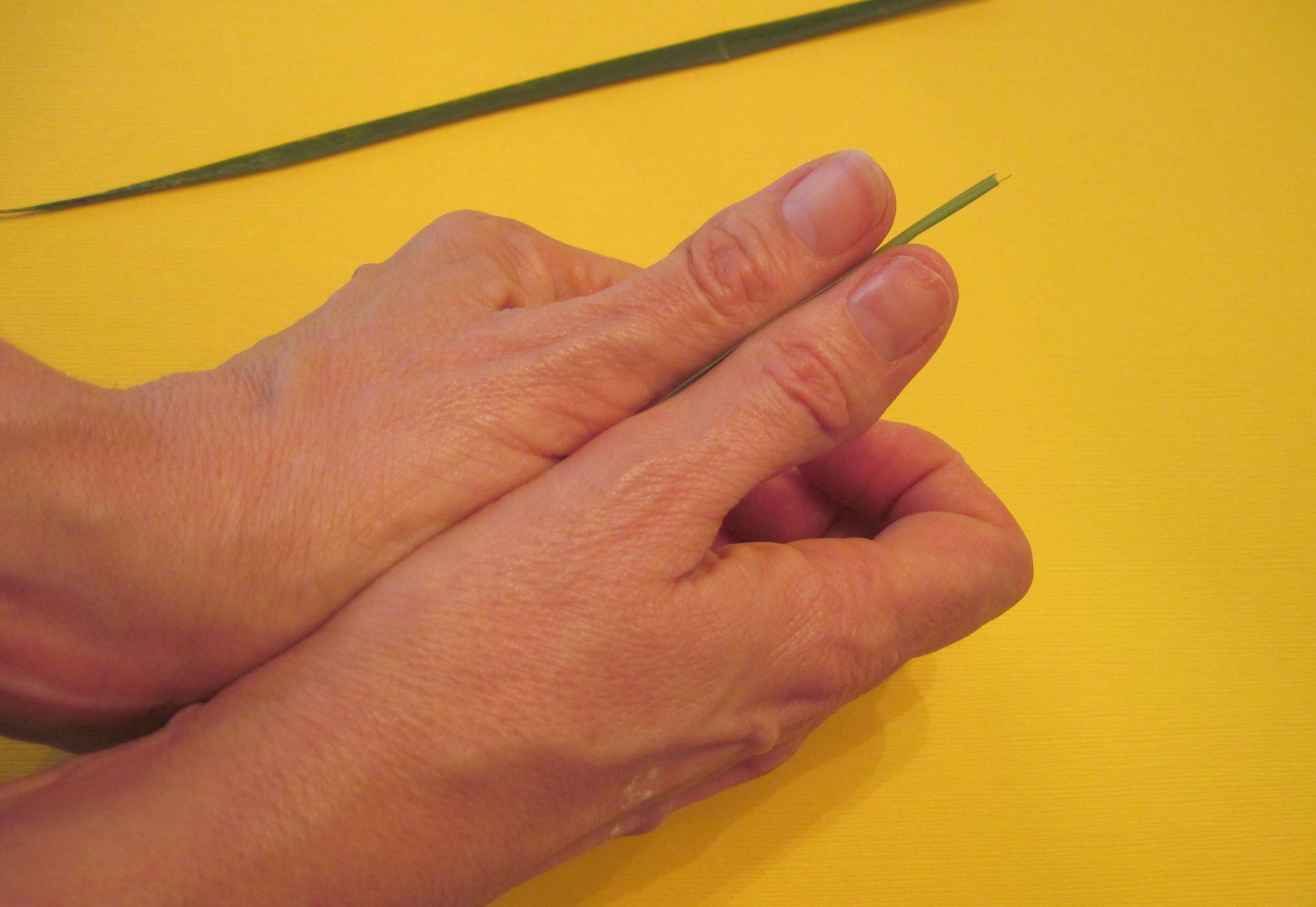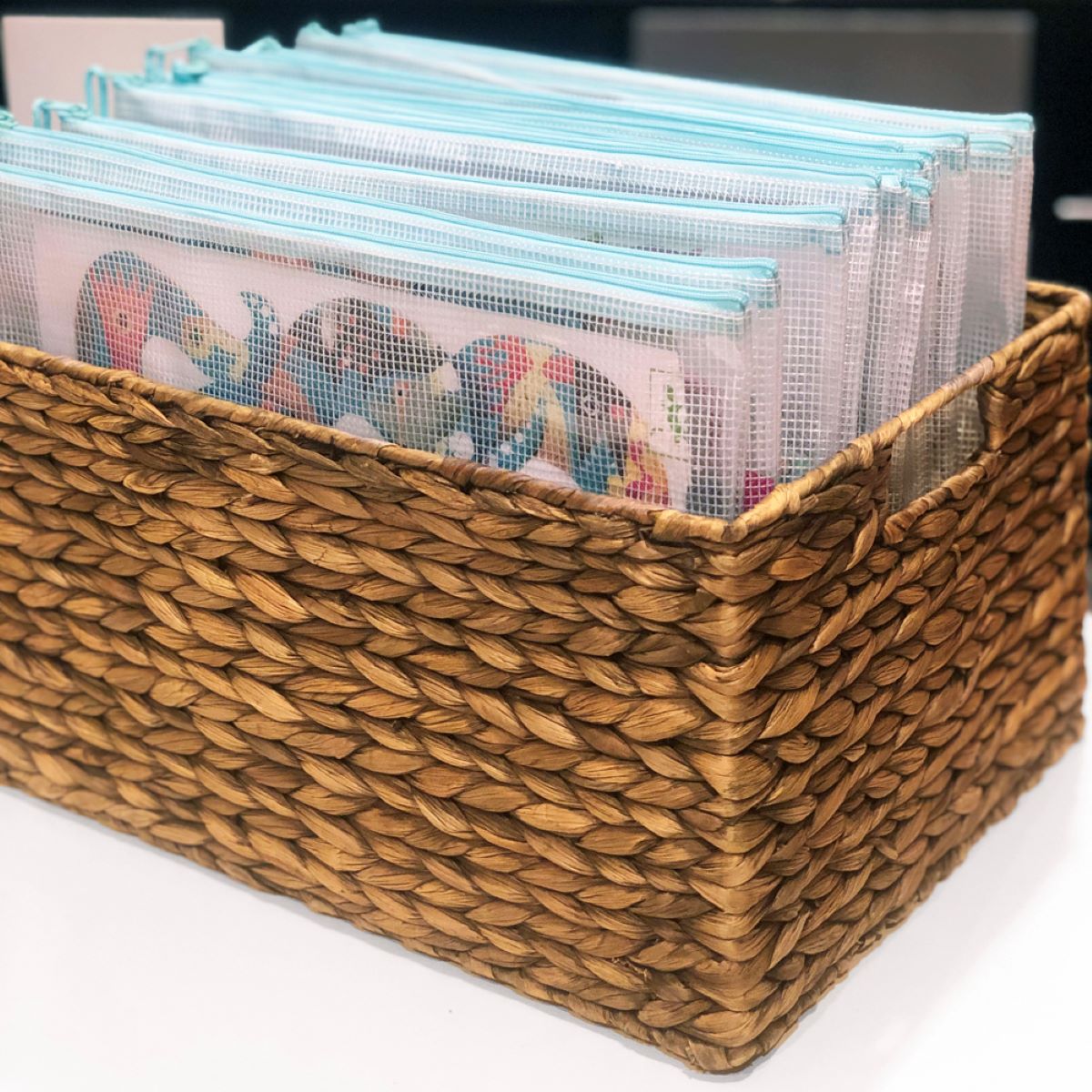Home>Gardening & Outdoor>Landscaping Ideas>How To Whistle With A Piece Of Grass


Landscaping Ideas
How To Whistle With A Piece Of Grass
Published: January 27, 2024
Learn how to whistle with a piece of grass and add a fun landscaping idea to your outdoor activities. Master the technique with our step-by-step guide.
(Many of the links in this article redirect to a specific reviewed product. Your purchase of these products through affiliate links helps to generate commission for Storables.com, at no extra cost. Learn more)
Introduction
Whistling with a piece of grass is a timeless and delightful skill that has been passed down through generations. Whether you’re out enjoying a picnic, taking a leisurely stroll through the countryside, or simply looking to impress your friends with a bit of rustic charm, mastering the art of creating a whistle with a humble blade of grass can bring a touch of magic to any moment. In this guide, we’ll explore the simple yet fascinating technique of crafting a whistle from grass, allowing you to harness the natural world’s musical potential with nothing more than a blade of greenery and a little know-how.
So, let’s embark on this whimsical journey and discover the secrets to creating enchanting melodies using nature’s very own instruments.
Key Takeaways:
- Embrace nature’s magic by learning to whistle with a blade of grass. Select the right grass, position it carefully, and practice to create enchanting melodies.
- Share the joy of grass whistling with friends and family. Experiment with different grass varieties and embrace creativity to elevate your skills.
Read more: How To Make A Blade Of Grass Whistle
Choosing the Right Piece of Grass
Before delving into the art of grass whistling, it’s essential to select the perfect blade of grass for the task. Not all grass is created equal when it comes to producing clear and melodious whistles. To begin, look for a long, slender blade of grass that is fresh and vibrant. Ideally, the grass should be at least 12 inches in length, as this provides ample material for crafting the whistle and allows for easier manipulation.
When it comes to the type of grass, certain varieties are more conducive to whistling than others. Thin-bladed grasses such as fescue, ryegrass, or Bermuda grass are excellent choices due to their pliability and resilience. Avoid grasses with thick or coarse blades, as they can be challenging to work with and may not produce the desired sound.
Additionally, ensure that the selected blade of grass is free from any blemishes, tears, or dry spots, as these imperfections can hinder the whistle’s functionality. A healthy, unblemished blade of grass will vibrate more effectively, resulting in a clearer and more resonant whistle.
Once you’ve identified a suitable blade of grass, gently grasp it near the base and give it a little tug to ensure it is firmly rooted in the ground. This will help prevent the grass from breaking off prematurely during the whistling process, allowing you to focus on perfecting your technique without interruption.
With the right blade of grass in hand, you’re now ready to move on to the next step in the enchanting art of grass whistling.
Positioning the Grass
Now that you’ve selected the perfect blade of grass, it’s time to position it for whistling. Start by holding the grass between your thumbs and index fingers, ensuring that the blade is taut and free from any twists or kinks. The key is to create a smooth, even surface along the length of the grass, allowing for optimal airflow and vibration when you blow into it.
Next, bring the blade of grass to your lips, positioning it horizontally and ensuring that it is centered in your mouth. The grass should rest lightly against your bottom lip, with the tip extending slightly beyond the edge of your lips. Maintaining a gentle but secure grip on the grass will help stabilize it during the whistling process, preventing it from slipping or shifting unexpectedly.
As you prepare to whistle, take a moment to relax your facial muscles and adopt a comfortable posture. Keeping your jaw slightly relaxed and your lips parted, gently press the blade of grass against your bottom lip, creating a small opening through which you will blow. The goal is to maintain a consistent and controlled airflow while allowing the grass to vibrate and produce sound.
It may take some practice to find the optimal positioning and pressure for your unique blade of grass, so don’t be discouraged if your initial attempts don’t yield perfect results. Experiment with subtle adjustments to the angle and tension of the grass, paying attention to the nuances of how these changes affect the sound produced. With patience and perseverance, you’ll soon discover the sweet spot that elicits a clear, melodious whistle from your chosen blade of grass.
With the grass expertly positioned and ready for action, it’s time to explore the next crucial step in creating a captivating whistle using this humble natural material.
Find a long, thin blade of grass. Hold it between your thumbs and press your tongue against it. Blow gently and adjust the angle until you hear a whistle. Keep practicing!
Creating the Whistle Sound
With the grass expertly positioned and your focus honed, it’s time to bring forth the enchanting whistle sound. Begin by taking a deep breath and gathering your airflow, preparing to exhale steadily and evenly through the small opening formed by the grass and your bottom lip. As you blow into the grass, maintain a gentle and consistent stream of air, allowing it to flow smoothly over the blade and into the space between your lips.
As the air passes through the grass, you’ll notice it causing the blade to vibrate, producing a faint rustling sound. This is the moment when your technique and finesse come into play. By adjusting the angle and tension of the grass against your lip and controlling the airflow with precision, you can coax out a distinct and melodious whistle from this humble natural material.
It’s important to strike a balance between the force of your breath and the tension of the grass, as excessive pressure can stifle the vibration and result in a muffled sound, while too little force may not produce a clear whistle. Experiment with varying degrees of airflow and grass tension, listening closely to the changes in sound and adjusting your technique accordingly.
As you refine your approach, you’ll begin to notice the subtle nuances that influence the pitch and tone of the whistle. By gently altering the position of the grass against your lip and modulating your breath, you can create a range of notes, from soft and lilting to bold and resonant, infusing your whistling with a captivating dynamic quality.
Remember, mastering the art of grass whistling is a delightful journey of exploration and discovery. Embrace the process, enjoy the whimsy of coaxing music from a simple blade of grass, and revel in the joy of creating enchanting melodies with nothing more than nature’s own gifts and your own ingenuity.
With the sweet, melodious whistle now dancing through the air, it’s time to explore some helpful tips and tricks to enhance your grass whistling prowess.
Tips and Tricks
As you embark on your grass whistling adventure, consider these valuable tips and tricks to elevate your skills and amplify the enchanting melodies emanating from your chosen blade of grass.
- Experiment with Different Grass Varieties: Don’t hesitate to explore various types of grass to discover which yields the most resonant and clear whistles. Each variety possesses its own unique characteristics, and you may find that certain types are particularly well-suited for producing specific tones and pitches.
- Patience and Persistence: Mastering the art of grass whistling may require some patience and persistence. Embrace the learning process, and allow yourself the freedom to experiment and make gradual improvements over time. With dedication, you’ll refine your technique and produce increasingly captivating whistles.
- Environmental Considerations: Be mindful of your surroundings when practicing grass whistling. Windy conditions can affect the airflow and make it more challenging to produce clear whistles. Seek out a sheltered spot or wait for a calm moment to ensure optimal results.
- Share the Joy: Once you’ve honed your grass whistling skills, share the joy with friends and family. Whether at a picnic, in a meadow, or simply in your backyard, your newfound talent is sure to delight and captivate those around you, spreading the magic of grass whistling far and wide.
- Embrace Creativity: Let your imagination soar as you explore the musical potential of grass whistling. Experiment with different techniques, such as altering the length of the grass or incorporating multiple blades to create harmonies. Embrace creativity and infuse your whistling with a touch of whimsy and innovation.
By incorporating these tips and tricks into your grass whistling endeavors, you’ll enrich your experience and unlock the full expressive potential of this delightful art form. With a spirit of curiosity and a willingness to explore, you’ll soon find yourself delighting in the captivating melodies that emerge from the humble blades of grass at your fingertips.
Read more: How Big Is A Piece Of Sod Grass
Conclusion
As we bring our journey through the enchanting world of grass whistling to a close, we hope you’ve discovered the joy and magic that this simple yet captivating art form holds. From selecting the perfect blade of grass to mastering the nuances of positioning and airflow, you’ve embarked on a whimsical exploration of nature’s musical potential, yielding delightful melodies with nothing more than a humble blade of greenery and a touch of ingenuity.
Through patience, persistence, and a spirit of curiosity, you’ve unlocked the expressive power of grass whistling, breathing life into the natural world and infusing your surroundings with the sweet, lilting notes that dance through the air. Whether in the company of friends, amidst the tranquility of nature, or simply as a charming moment of personal whimsy, the art of grass whistling offers a delightful avenue for creativity and expression.
As you continue to hone your skills and explore the myriad possibilities that grass whistling presents, remember to embrace the journey with an open heart and a sense of wonder. Each blade of grass holds the potential for new melodies, and each whistle carries the magic of the natural world’s song. Share this enchanting art with others, spread joy through your melodic creations, and revel in the simple yet profound beauty of coaxing music from nature’s own gifts.
May the whimsy of grass whistling accompany you on your adventures, infusing each moment with the delight of discovery and the harmony of nature’s melodies. As you bid farewell to this guide, carry with you the knowledge that the world is brimming with unexpected sources of music and magic, waiting to be discovered and celebrated with the playful spirit of a grass whistle’s lilting song.
Until we meet again, may your days be filled with the sweet, melodious whispers of grass whistling, reminding you of the joy that springs from the simplest of wonders.
Frequently Asked Questions about How To Whistle With A Piece Of Grass
Was this page helpful?
At Storables.com, we guarantee accurate and reliable information. Our content, validated by Expert Board Contributors, is crafted following stringent Editorial Policies. We're committed to providing you with well-researched, expert-backed insights for all your informational needs.















0 thoughts on “How To Whistle With A Piece Of Grass”